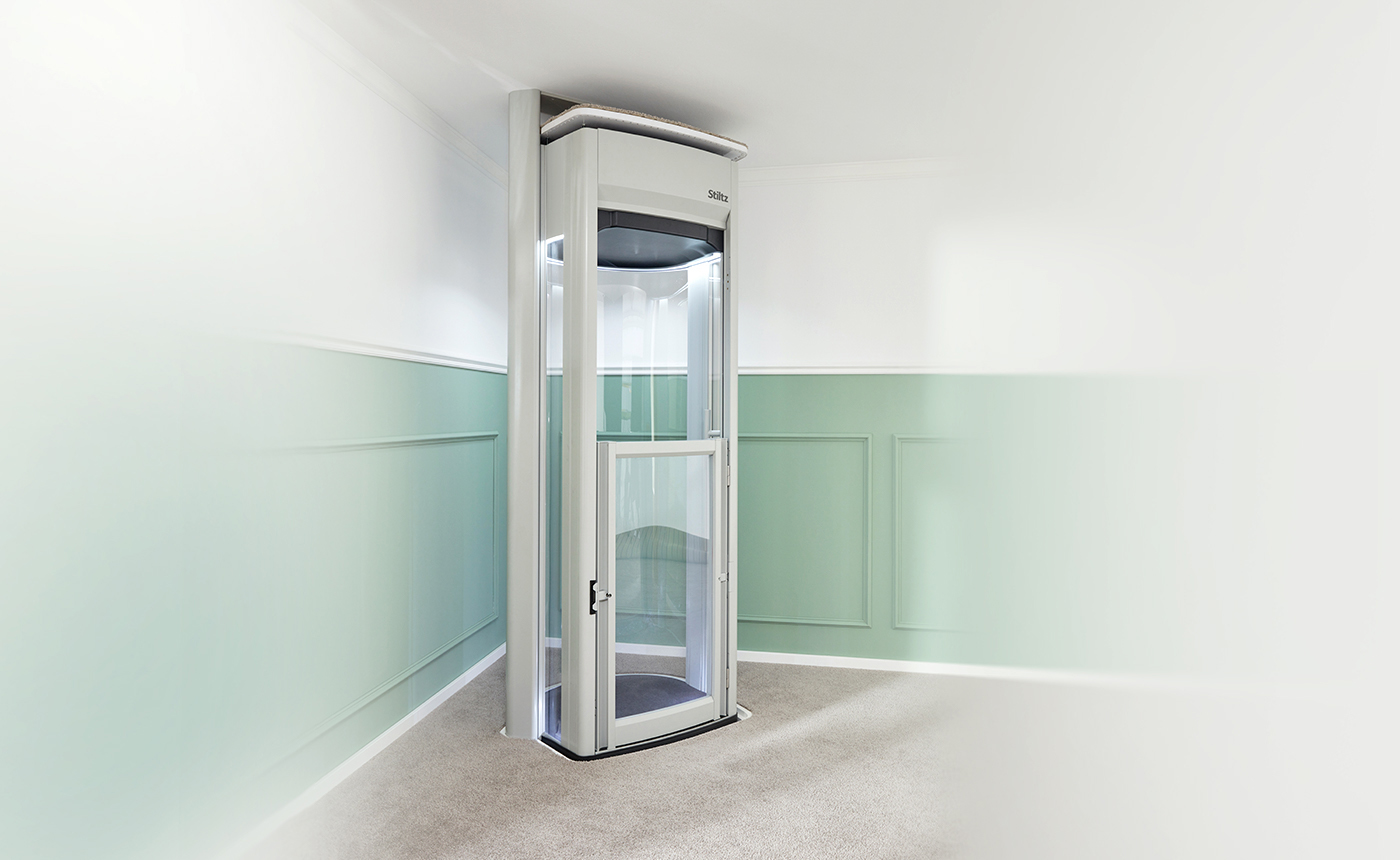London Lift Company: Relied On Professionals for All Your Upright Transportation Demands
Wiki Article
Exploring the Globe of Elevators: Typical Concerns Faced by Various Lift Mechanisms
As we browse with the vertical transportation systems of contemporary buildings, lifts attract attention as an indispensable element of our day-to-days live. Nevertheless, behind their seamless operation lies a globe of complex mechanisms that can sometimes experience challenges. From hydraulic lifts to grip systems and machine-room-less styles, each lift type comes with its set of usual problems. Understanding these obstacles is important for making certain the smooth performance of these essential systems. Allow's discover the complexities that underlie the operation of elevators and the possible concerns that can arise, shedding light on the elaborate web of lift systems.Hydraulic Elevators
Hydraulic lifts, usually favored for low-rise structures, use fluid stress to manage the motion of the elevator car (lift repair companies). This mechanism involves a hydraulic pump pushing oil into a cyndrical tube, causing the elevator to relocate in the desired instructions. While hydraulic elevators are understood for their smooth and silent procedure, they do include their own collection of usual problemsOne common problem with hydraulic lifts is oil leakage. The seals in the hydraulic system can wear with time, resulting in oil seepage. If left unaddressed, this not only produces a mess yet can additionally affect the elevator's performance. Additionally, problems with the control system, such as damaged valves or a malfunctioning pump, can cause disruptions in the elevator's motion.
Routine maintenance and timely repair services are necessary to make certain the smooth functioning of hydraulic lifts. By addressing these typical concerns proactively, building owners can minimize downtime and make sure the safety and performance of their vertical transportation system.
Traction Lifts
When taking into consideration vertical transportation systems in buildings, one more usual type besides hydraulic elevators is the traction elevator. Traction elevators run utilizing a system of ropes and weights that move the elevator car by grasping onto the hoist ropes. This device enables for smoother and faster upright transportation compared to hydraulic systems.One of the common problems dealt with by grip elevators is rope wear. The continuous activity of the ropes within the grip system can cause deterioration gradually, potentially creating the elevator to malfunction or become risky for usage. Routine inspections and maintenance of the ropes are necessary to make certain the elevator's appropriate functioning and safety.
An additional issue that grip lifts may run into is connected to the control system. Issues with the control system can lead to problems such as irregular movement, delays in action times, or perhaps total closures. Normal testing and maintenance of the control system are critical to avoid such problems and make certain the elevator's reliability.
Machine-Room-Less (MRL) Elevators

Among the key parts of MRL elevators is the portable gearless grip device that is mounted within the hoistway. This maker efficiently drives the lift cars and truck without the need for cumbersome devices located in standard traction lifts. Additionally, MRL lifts usually use a weight system to balance the auto, additional enhancing their power efficiency.
In spite of their benefits, MRL elevators may encounter challenges associated with repair and maintenance due to the restricted room for equipment setup. Access for servicing components within the shaft can be limited, calling for specialized training for specialists. Correct maintenance routines and routine inspections are vital to ensure the continued smooth operation of MRL lifts.
Overloading and Weight Restriction Issues
Overloading and weight limit problems are important concerns in elevator More about the author operations. Lift suppliers layout raises with particular weight abilities to ensure traveler security and equipment durability.When elevators are overloaded, it puts extreme stress on the motor, cords, and various other parts, possibly causing malfunctions or malfunctions. If they discover excess weight, safety devices such as sensors and overload sensing units are in location to prevent lifts from moving. In addition, surpassing weight restrictions can result in increased power consumption and deterioration on the elevator system.
To alleviate overloading problems, building supervisors should plainly display weight restrictions in elevators and inform residents on the relevance of adhering to these constraints - lift repair companies. Regular upkeep checks by certified professionals can also aid guarantee that lifts are operating within risk-free weight criteria. additional reading By dealing with overloading and weight limitation issues proactively, structure proprietors can enhance elevator safety and security and efficiency
Electric System Failures
Surpassing weight restrictions in elevators can not only cause mechanical concerns but likewise possibly add to electric system failures within the lift facilities. Electric system failings are a critical worry in lift procedure, as they can cause unexpected shutdowns, breakdowns, and even safety risks. One typical electric issue is the overheating of elements as a result of too much existing flow triggered by overwhelming the elevator beyond its capability. This can bring about damage to the wiring, control, or motor systems, resulting in expensive fixings and downtime.Routine upkeep and assessments are vital to determine and address prospective electric problems without delay, guaranteeing the reliable and safe procedure of elevator systems. By adhering to weight restrictions and conducting regular electric system checks, building owners can minimize the danger of electric failures in elevators.
Final Thought

Hydraulic elevators, commonly chosen for low-rise structures, use fluid stress to control the activity of the elevator auto.When thinking about upright transport systems in structures, an additional usual type aside from hydraulic elevators is the grip elevator. Grip lifts run utilizing a system of ropes and counterweights that relocate the lift car by gripping onto the hoist ropes. Unlike typical elevators that need a separate equipment room to house the devices, MRL lifts integrate most of the components within the shaft, getting rid of the demand for a specialized equipment room.In verdict, lifts face common problems such continue reading this as hydraulic breakdowns, grip system failures, and electrical system issues.
Report this wiki page